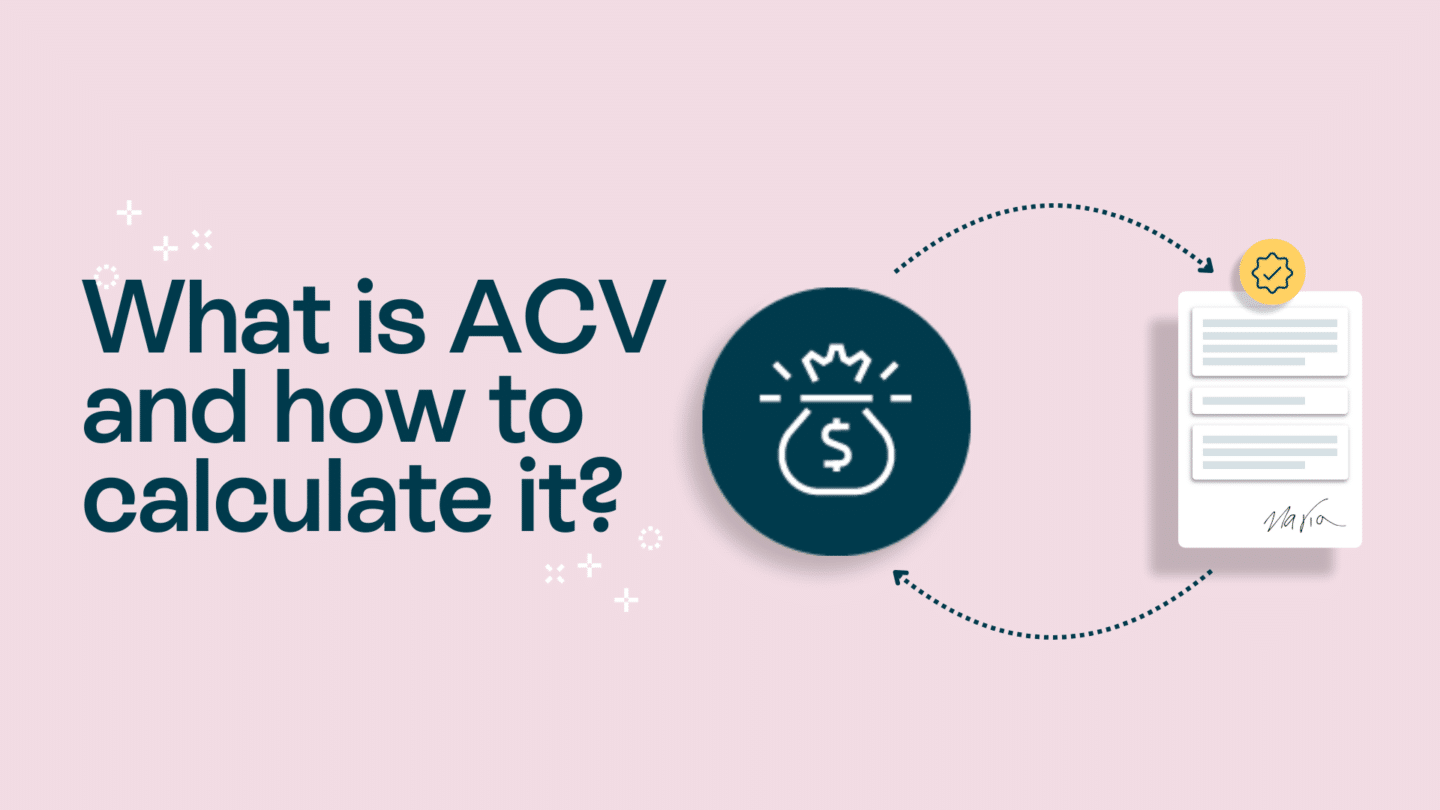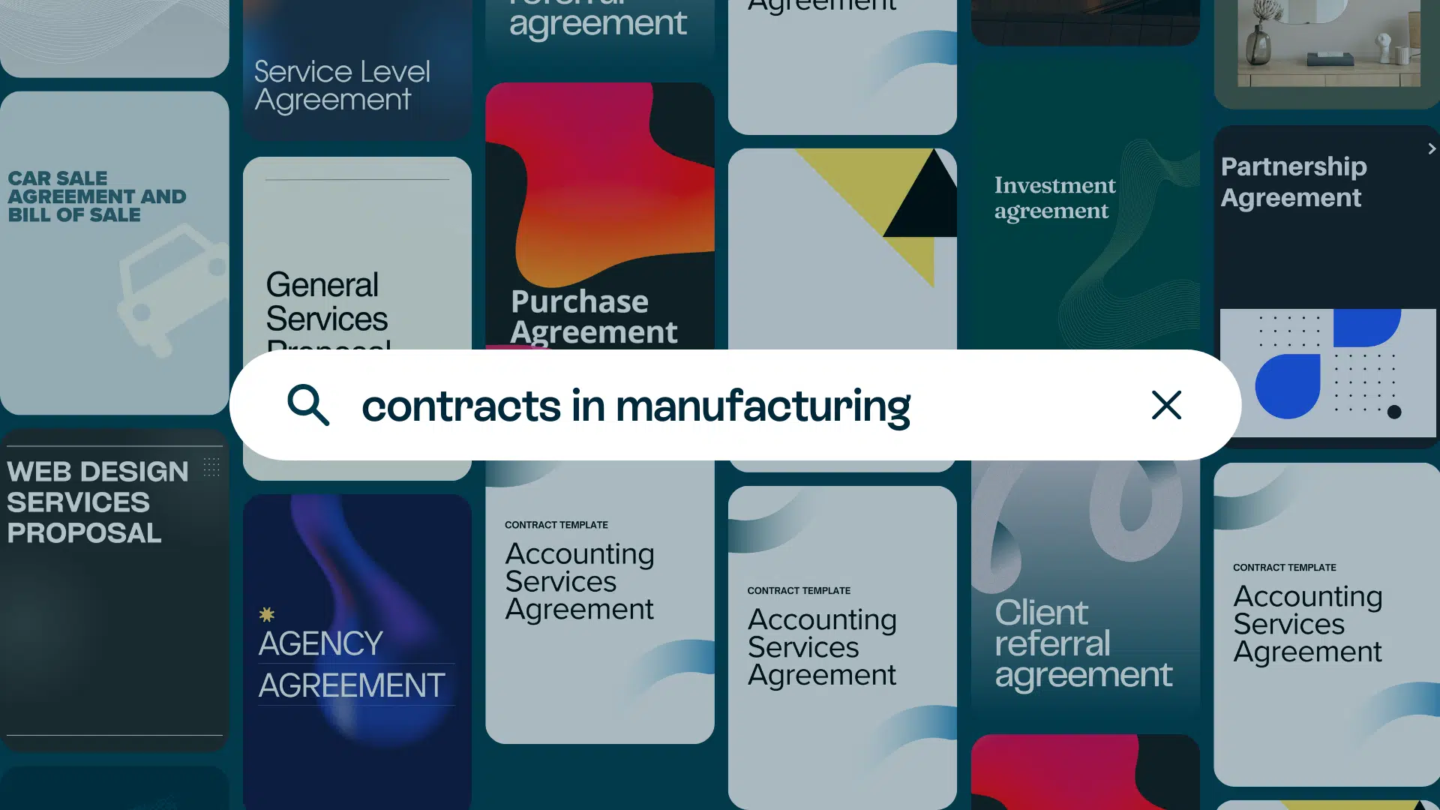Contract performance management plays a crucial role in ensuring the successful execution of contracts and the achievement of desired outcomes. It involves monitoring and managing contract performance, ensuring that all parties involved adhere to the agreed-upon terms and conditions. By effectively managing contract performance, organisations can mitigate risks, maximise value, and maintain strong relationships with their vendors and partners.
1. What is contract performance management?
Contract Performance Management refers to the ongoing process of monitoring and evaluating the performance of contracts to ensure that the agreed-upon terms and conditions are met. It involves tracking deliverables, assessing performance against standards, and managing any issues or disputes that may arise during the contract lifecycle. The ultimate goal is to ensure that contracts are executed in a manner that benefits all parties involved.
At its core, contract performance management involves setting clear expectations, establishing performance indicators, and continuously measuring and assessing progress. It is a dynamic process that requires proactive monitoring, timely communication, and effective collaboration between all stakeholders.
One key aspect of contract performance management is risk assessment and mitigation. By identifying potential risks early on in the contract lifecycle, organisations can develop strategies to mitigate these risks and ensure successful contract execution. This proactive approach helps in minimising disruptions and delays, ultimately leading to better outcomes for all parties involved.
Besides this, contract performance management also involves regular performance reviews and feedback sessions. These reviews provide an opportunity for all stakeholders to discuss progress, address any concerns, and make necessary adjustments to ensure that the contract objectives are being met. By fostering open communication and transparency, organisations can build stronger relationships with their partners and enhance the overall success of the contract.
Read also: Virtual data room: A quick guide

2. How do you monitor and manage contract performance?
To effectively monitor and manage contract performance, organisations need to implement structured processes and utilise appropriate tools. Here are some key steps to follow:
- Establish clear performance indicators: Define specific metrics and targets that will be used to measure the performance of the contract. These indicators should be relevant, realistic, and aligned with the overall objectives of the contract.
- Implement regular monitoring: Regularly track and analyse relevant data to assess the performance of the contract. This can include monitoring key milestones, deliverables, quality standards, and any other performance-related factors.
- Facilitate open communication: Foster open and transparent communication between all parties involved in the contract. Encourage regular meetings, status updates, and feedback sessions to address any concerns or issues promptly.
- Address deviations and non-performance: If there are any deviations from the agreed-upon terms or instances of non-performance, take immediate action. This can involve initiating corrective measures, enforcing penalties, renegotiating terms, or terminating the contract if necessary.
- Collaborate for continuous improvement: Engage in collaborative discussions with stakeholders to identify areas for improvement and implement necessary changes. Foster a culture of continuous improvement to drive better contract performance in future engagements.
Monitoring and managing contract performance is a critical aspect of ensuring successful outcomes and maintaining strong relationships with vendors and suppliers. By implementing the steps mentioned above, organisations can effectively monitor and manage contract performance. However, it is important to delve deeper into each step to gain a comprehensive understanding of the process.
When establishing clear performance indicators, organisations should consider the specific requirements of the contract. For example, if the contract involves delivering a software solution, performance indicators may include response time, system uptime, and user satisfaction. These indicators should be carefully chosen to reflect the priorities and expectations of both parties involved.
Regular monitoring is not just about collecting data; it also involves analysing and interpreting that data to gain meaningful insights. Organisations should invest in appropriate tools and technologies that can help automate data collection and analysis. This can streamline the monitoring process and provide real-time visibility into contract performance, allowing for timely interventions if necessary.
On an ongoing basis, organisations should encourage feedback from all stakeholders and actively seek their input on how to enhance contract performance. This collaborative approach fosters a sense of ownership and shared responsibility, leading to better outcomes and stronger partnerships.
3. The benefits of contract performance management
Effective contract performance management brings numerous benefits to organisations and their stakeholders:
- Risk mitigation: By monitoring contract performance, organisations can identify and address potential risks in a timely manner. This helps in mitigating risks associated with non-performance, delays, quality issues, or other unforeseen circumstances.
- Cost optimisation: Proactive monitoring of contract performance allows organisations to optimise costs by identifying areas of inefficiency or non-compliance. It helps in minimising financial losses and maximising the value derived from contracts.
- Enhanced supplier relationships: Effective contract performance management fosters stronger relationships with vendors and suppliers. Regular communication and collaboration facilitate mutual understanding and trust, leading to better overall contract performance.
- Improved decision-making: By having clear visibility into contract performance, organisations can make informed decisions regarding contract renewals, modifications, or terminations. This improves strategic alignment and supports better business outcomes.
- Increased customer satisfaction: When contracts are executed effectively, it enhances the overall customer experience. Meeting or exceeding contractual obligations instills confidence in customers and strengthens their trust in the organisation’s ability to deliver on promises.
Furthermore, effective contract performance management can also lead to improved operational efficiency. By closely monitoring contract performance, organisations can identify bottlenecks or areas of improvement in their processes. This allows them to streamline operations, reduce redundancies, and optimise resource allocation. As a result, organisations can achieve higher productivity levels and deliver projects more efficiently.
Equally, contract performance management plays a crucial role in ensuring compliance with legal and regulatory requirements. By monitoring contract performance, organisations can ensure that all contractual obligations are met in accordance with applicable laws and regulations. This helps in avoiding legal disputes, penalties, and reputational damage. It also demonstrates the organisation’s commitment to ethical business practices and responsible corporate governance.
Read also: What is contract management? Your ultimate guide

4. Tips for improving contract performance management
To enhance contract performance management within your organisation, consider the following tips:
- Establish comprehensive contract management processes: Implement standardised processes and workflows to ensure consistency and efficiency in contract performance management.
- Utilise technology solutions: Leverage contract management software or tools that enable automated tracking, reporting, and analysis of contract performance data.
- Invest in training and development: Provide training to employees involved in contract management to enhance their understanding of best practices and improve their skills in monitoring and managing contract performance.
- Regularly review and update contract terms: Continuously assess the effectiveness of contract terms and make necessary updates to align with changing business requirements and industry standards.
- Promote collaboration and teamwork: Foster a culture of collaboration and teamwork among all stakeholders involved in contract performance management. Encourage proactive communication and knowledge sharing.
Additionally, it is crucial to establish key performance indicators (KPIs) to measure the success of contract performance management efforts. By defining clear KPIs related to contract compliance, vendor performance, cost savings, and risk mitigation, organisations can track progress and identify areas for improvement.
Another important aspect to consider is conducting regular audits and evaluations of contract performance. By conducting periodic reviews and audits, organisations can identify any discrepancies, inefficiencies, or areas of non-compliance, allowing for timely corrective actions to be taken. These audits can also help in identifying trends and patterns that can inform future contract management strategies.
The key takeaways
Contract performance management is a critical aspect of contract management that ensures contracts are executed successfully and deliver desired outcomes. By implementing structured processes, monitoring contract performance, and effectively managing deviations, organisations can maximise the value derived from contracts, mitigate risks, and maintain strong relationships with their vendors and partners. Embracing contract performance management as a strategic practice will ultimately contribute to the overall success of an organisation.







